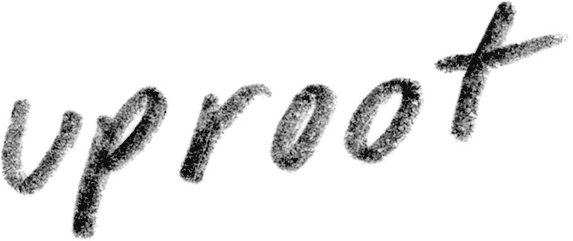
In the United States rosé is a wine that has historically been enjoyed with a wink and a smile. Too light to be as bold and complex as a red. Too pink to be as polished and sophisticated as a white. Yet, a shift in attitude is underway and rosé-drinking preferences are changing. So, we figured it was time to pull back the curtain and let you know how the pink stuff is made.
MACERATION METHOD
Maceration is the style of production used by wineries located in the rosé capital of the world: Provence, France (At Uproot, we also make our rosé via maceration). They must be doing something right as premium rosé imports from this French wine region have increased by double-digits each year for the past decade.
Maceration begins by growing and harvesting grapes with the implicit intent to make the highest quality rosé. The dark-skinned grapes arrive at the winery where they are lightly crushed allowing the juice to sit on their skins (macerate), anywhere from a few hours to a few days, to extract color and flavor. This minimal contact with the skin gives rosé its pinkish hue. The grapes are then put into a press where they are gently squeezed to extract the optimal amount of juice. The rosé juice is then placed into a stainless steel tank and vinified similarly to a white wine.
THE SAIGNÉE METHOD
Rosé is also commonly made through the process of saignée. Saignée (meaning bleeding in French) is the process of bleeding off excess grape juice from the must (the grape mass of juice, skins, and seeds) early in the red wine making process. Winemakers will perform saignée in order to increase the color, tannin, and concentration of the finished red wine. Ordinarily, this excess pink juice ends up down the drain (or in "Tank D" as we’re fond of saying). When making rosé though, the bleed off is instead placed in a separate tank, fermented, and treated like a white wine.So what do we think of the Saignée Method? Here's what Francois Millo, the President of the Provence Wine Council, told the drink business:
People who make saignée rosé are opportunists. In their mind they are making red wine – the rosé just happens to be a by-product. The saignée method is a bad way of making rosé. The wine is more of an afterthought.
We didn’t say it! And saignée DOES produce some fantastic rosé, but it’s also not how we make our rosé. Just saying.
THE BLENDED METHOD
Just like it sounds, the blended method involves mixing finished red and white wine together to make "rosé" (we like to call it by a different 4-letter name). This method of rosé production is viewed as sacrilegious by most winemakers and is even banned in France.




